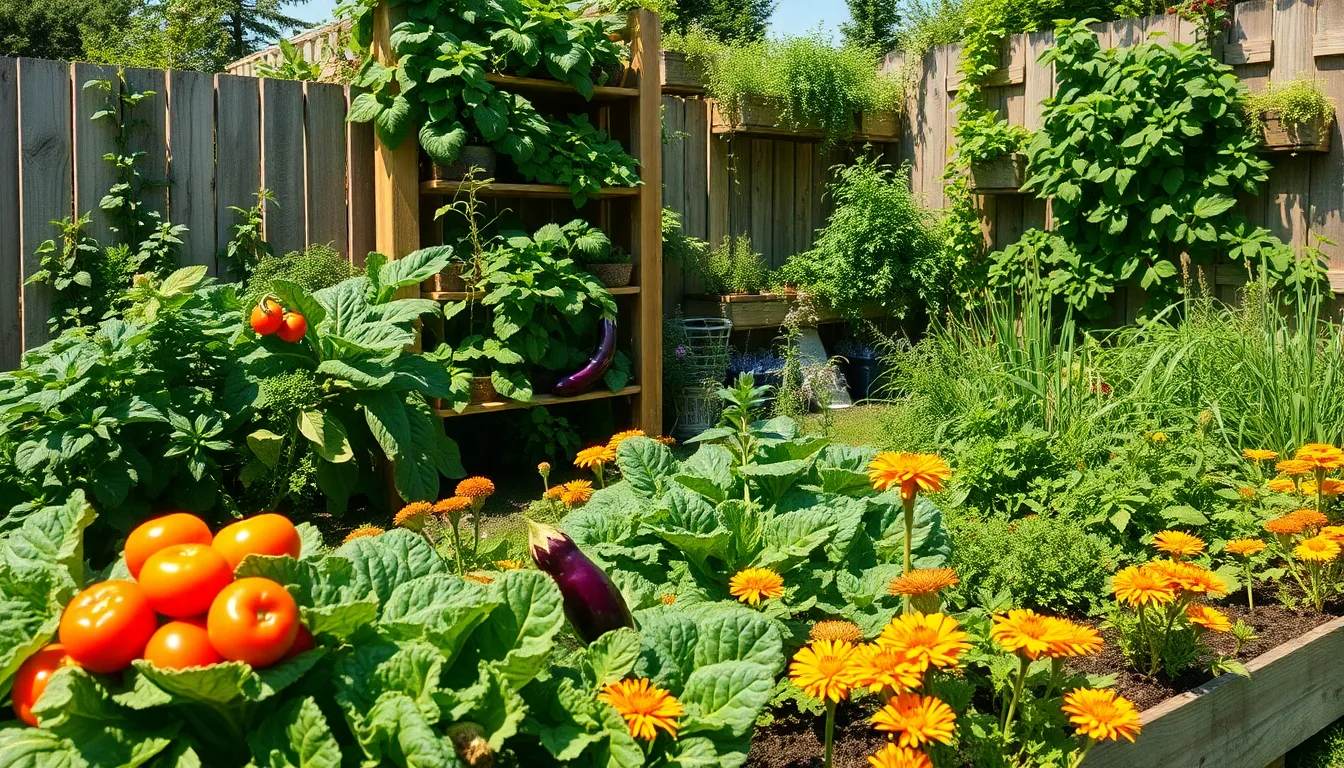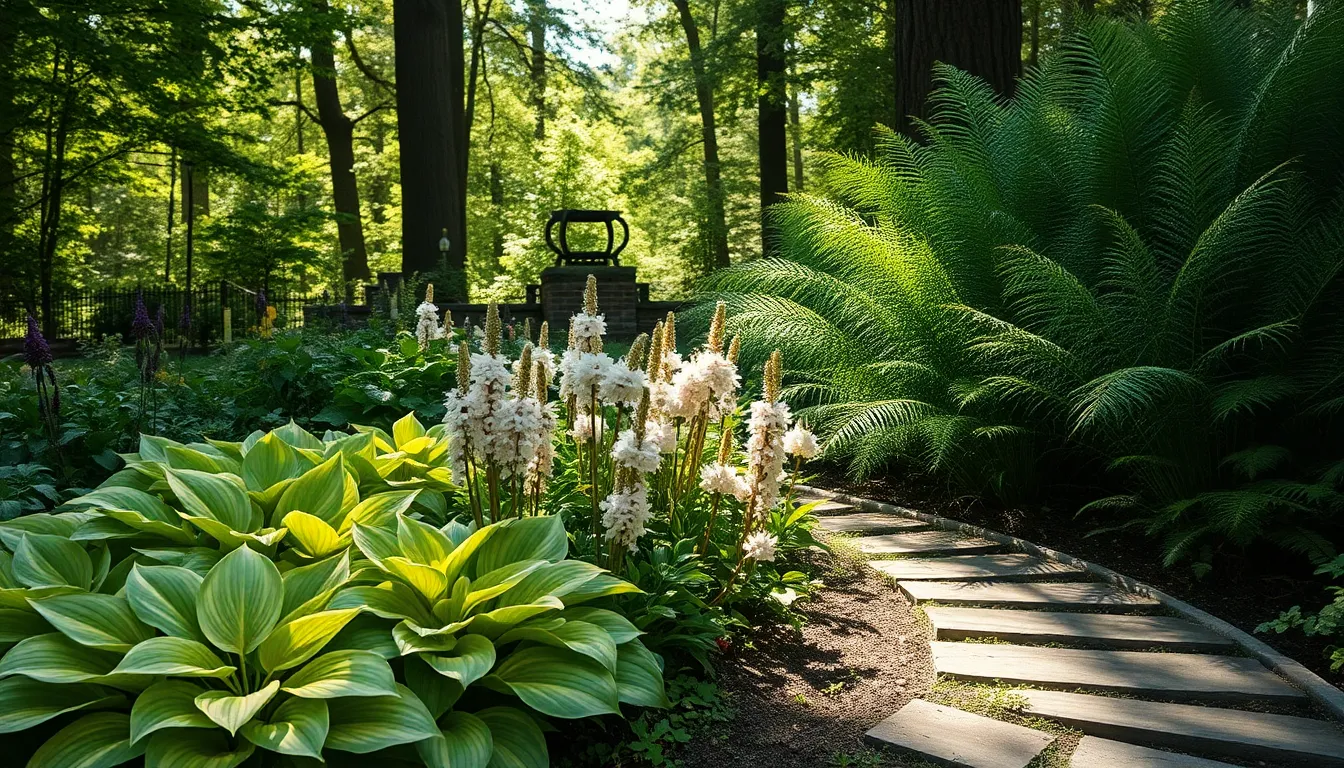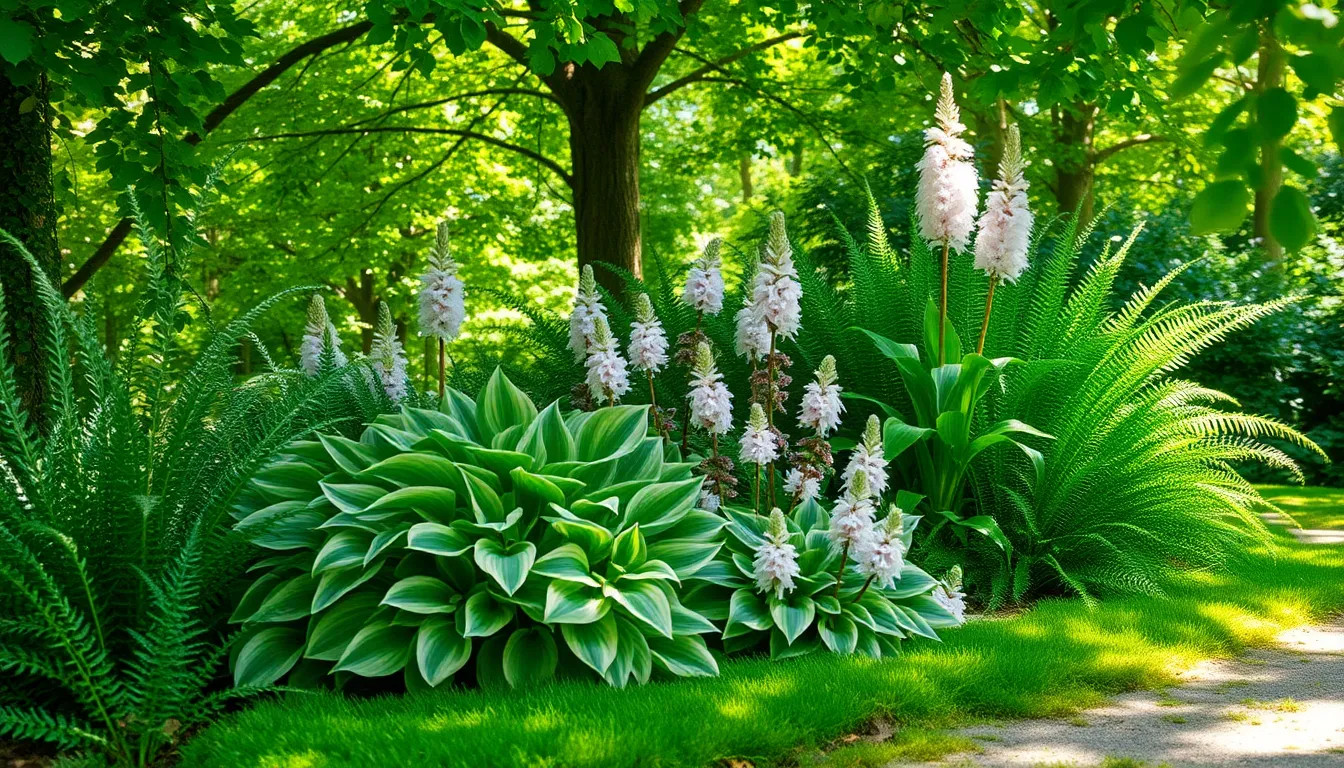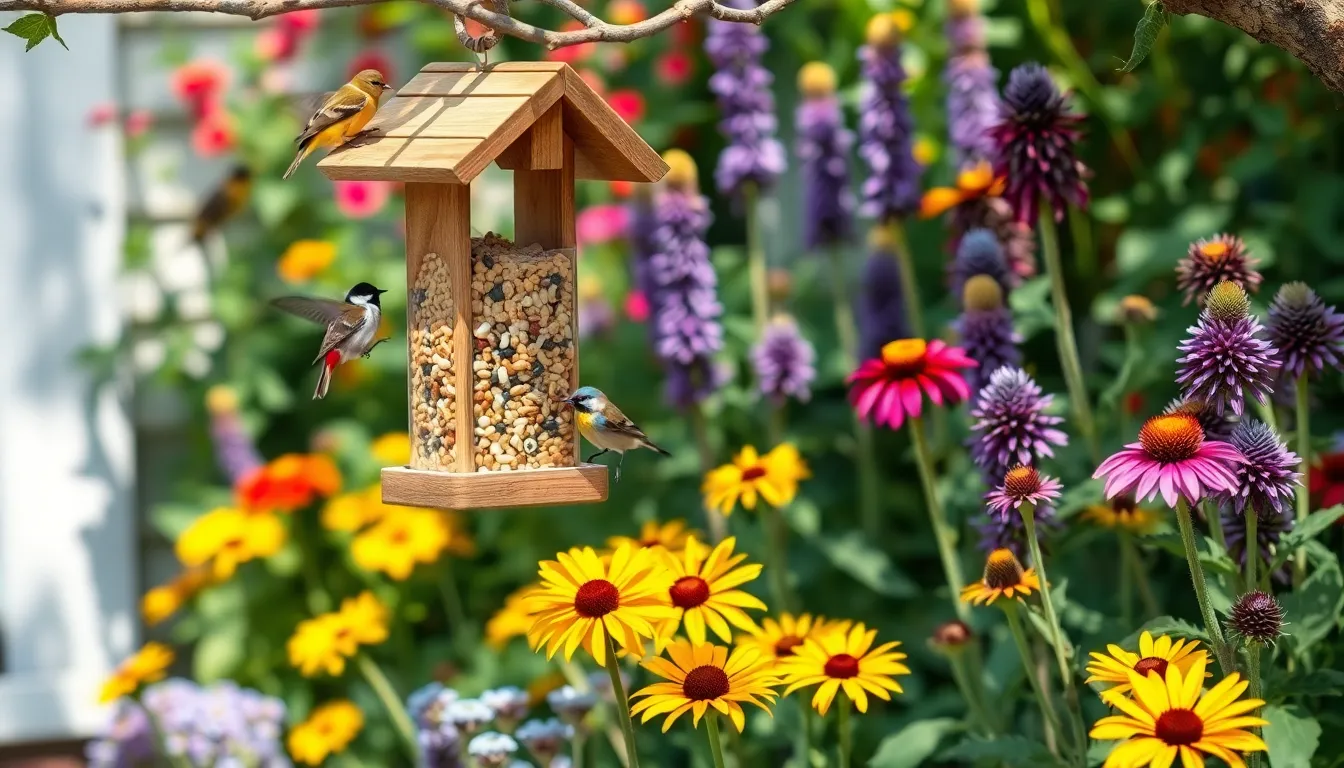Gardening is more than just a delightful hobby; it’s an opportunity to contribute positively to the environment right in your own backyard. Whether you’re just beginning to dig your first flower bed or you’re a seasoned gardener with years of muddy boots, embracing eco-friendly practices in your garden is a rewarding way to nurture nature while creating a thriving, sustainable landscape.
The importance of cultivating an eco-friendly garden cannot be overstated, as it plays a crucial role in conserving resources, supporting wildlife, and reducing your carbon footprint. In this article, you’ll learn about practical, easy-to-implement strategies to transform your garden into a haven for both plants and pollinators, making it a vibrant, sustainable extension of your home.
Through thoughtful plant choices, efficient water use, and soil enrichment techniques, you will discover how small changes can make a big difference. You’ll gain insights into selecting native plants that require less maintenance, creating compost to enrich your soil naturally, and setting up rainwater collection systems to conserve water. Whether you’re seeking to enhance your garden’s ecological balance or just hoping to make a positive environmental impact, these tips will empower you to cultivate a greener, more sustainable garden.
Assess Current Garden Practices
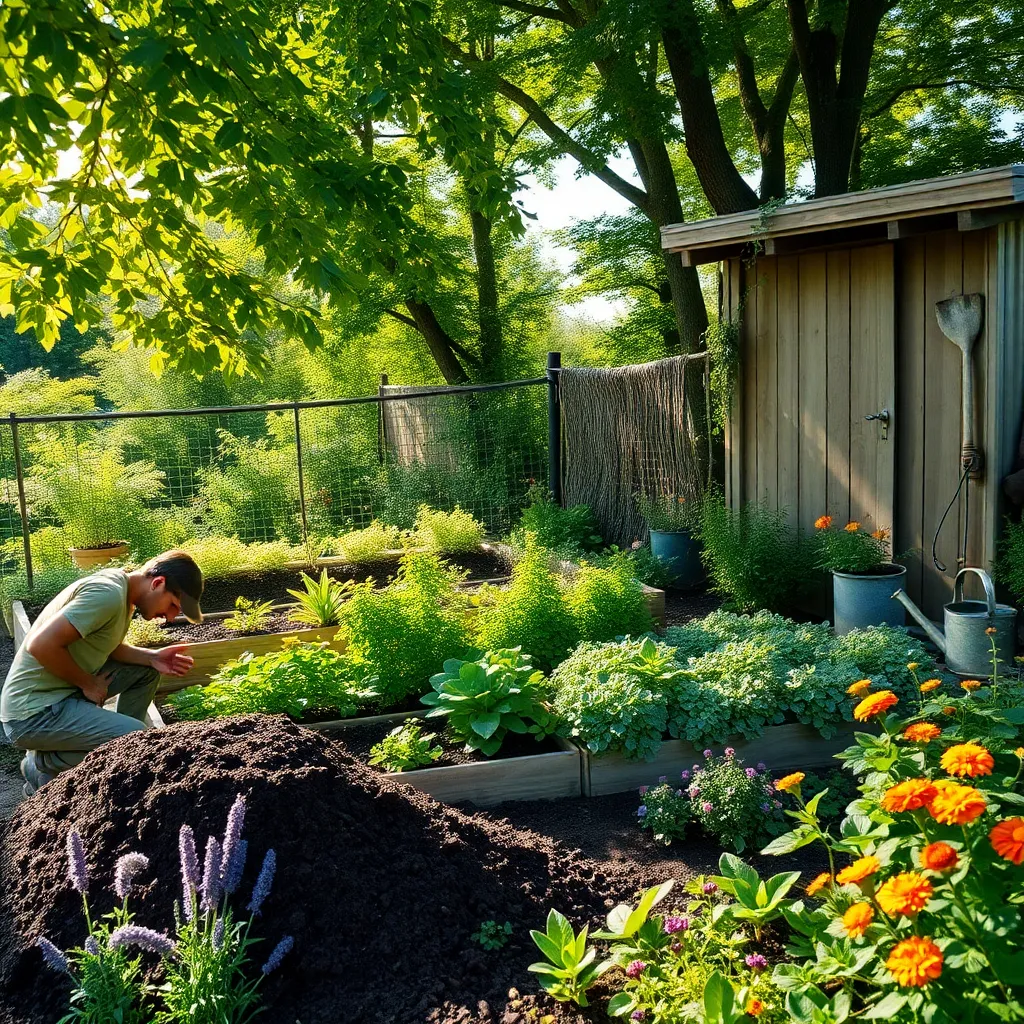
Begin by evaluating your current gardening practices to identify areas where you can reduce environmental impact. Consider how often you water your plants and whether you’re using water-efficient methods, such as drip irrigation or soaker hoses, which minimize water waste.
Next, assess the types of fertilizers and pesticides you use, if any. Opt for organic or natural alternatives that are less harmful to the environment and beneficial insects like bees and ladybugs.
Take a close look at your plant selections and their suitability for your climate and soil. Choose native or drought-resistant plants, which require less water and are often more resilient against pests.
Consider the soil health in your garden, as healthy soil is key to sustainable gardening. Test your soil to understand its nutrient levels and amend it with organic matter such as compost or well-rotted manure to improve its structure and fertility.
Incorporate Native Plant Species
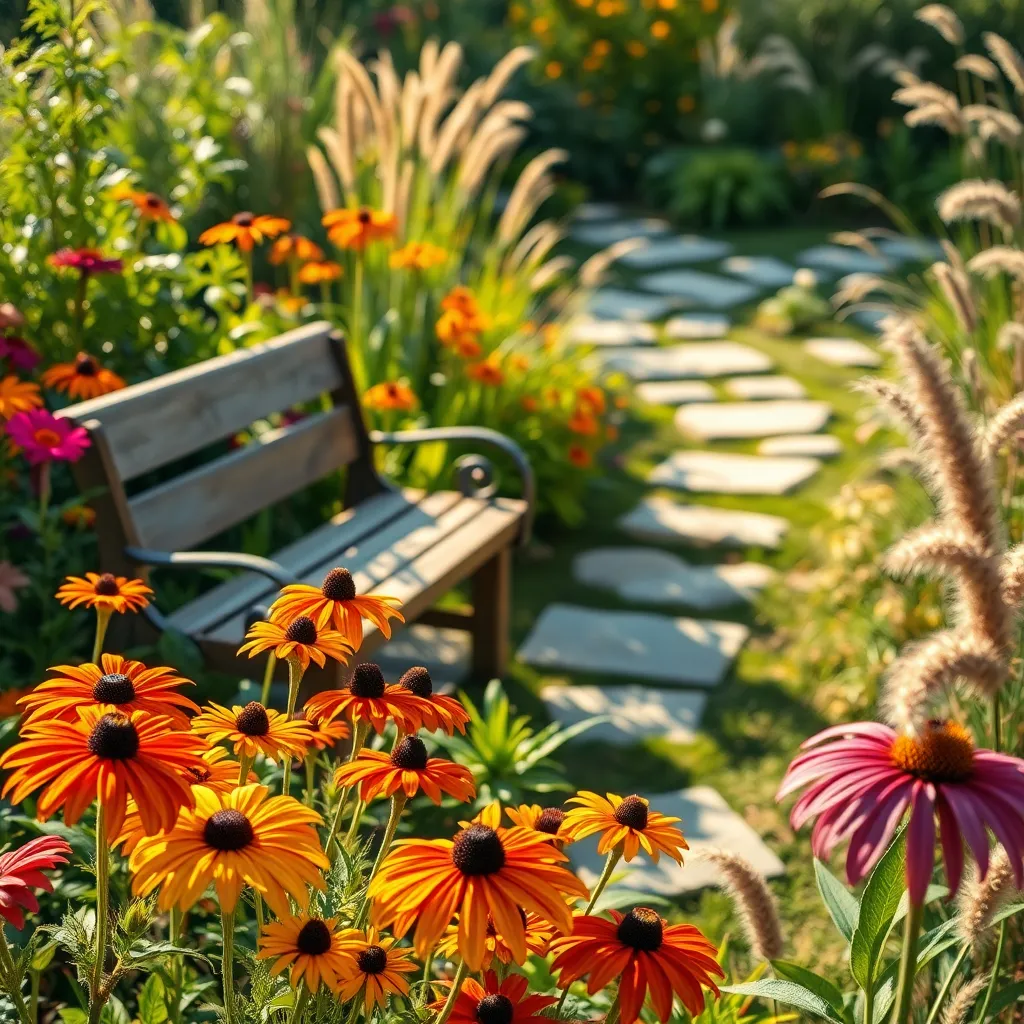
Incorporating native plant species into your garden is a fantastic way to enhance its eco-friendliness. Native plants are inherently adapted to the local climate and soil conditions, making them low-maintenance and resource-efficient options for gardeners.
Begin by researching the native plant species in your area, which can often be found through local gardening clubs or extension services. This research will help you select plants that will thrive naturally in your garden, reducing the need for extra fertilizers and pesticides.
Once you’ve selected your plants, pay attention to their specific growing conditions, such as sunlight requirements and soil preferences. For example, many native species prefer well-draining soil and can tolerate periods of drought, making them perfect for sustainable gardening practices.
Consider grouping plants with similar water and sunlight needs to create a harmonious environment that conserves water and maximizes growth. This approach not only reduces water usage but also minimizes the risk of pest and disease outbreaks, making your garden healthier and more resilient.
Advanced gardeners might explore companion planting with native species, which involves strategically positioning plants that benefit each other. This technique can enhance biodiversity, improve pollination, and naturally deter pests, offering a holistic approach to eco-friendly gardening.
Install Efficient Watering Systems
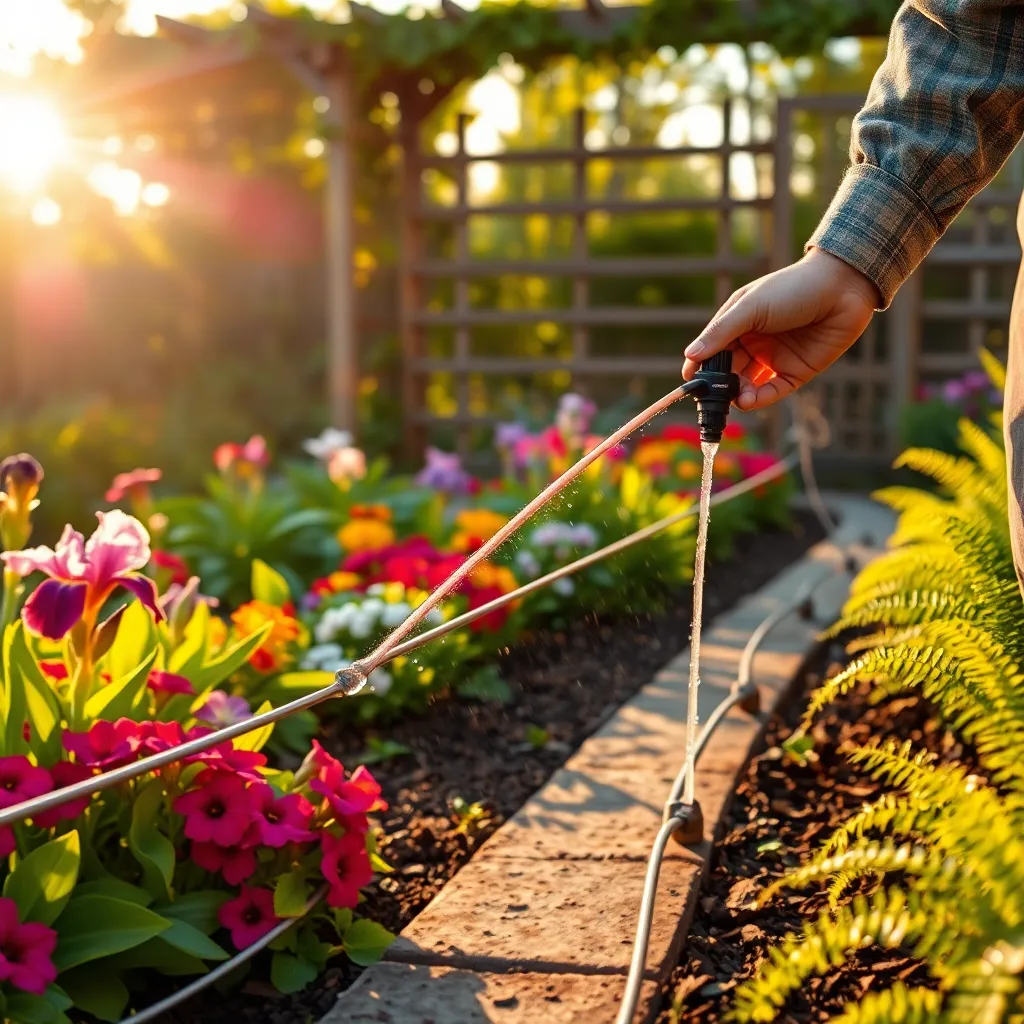
Installing an efficient watering system is essential to creating an eco-friendly garden. These systems not only conserve water but also ensure plants receive adequate moisture without wastage.
Drip irrigation is a popular choice for many gardeners due to its precision. It delivers water directly to the plant’s roots, minimizing evaporation and runoff, which is especially beneficial in arid regions.
For beginners, setting up a simple drip system can be done with a kit from a garden center. More advanced gardeners might consider integrating a timer with their system to automate watering schedules, ensuring consistency.
Another option is using soaker hoses, which can be laid out in rows or spirals around plant bases. These hoses distribute water evenly along their length, making them ideal for vegetable gardens or flower beds.
Mulching around these hoses further enhances water retention, reducing the need for frequent watering. Choose organic mulches like bark or straw, which also improve soil health over time.
Consider installing rain barrels to collect and reuse rainwater, reducing reliance on municipal water supplies. Connecting these barrels to your watering system can provide a sustainable water source during dry spells.
Create a Composting Area
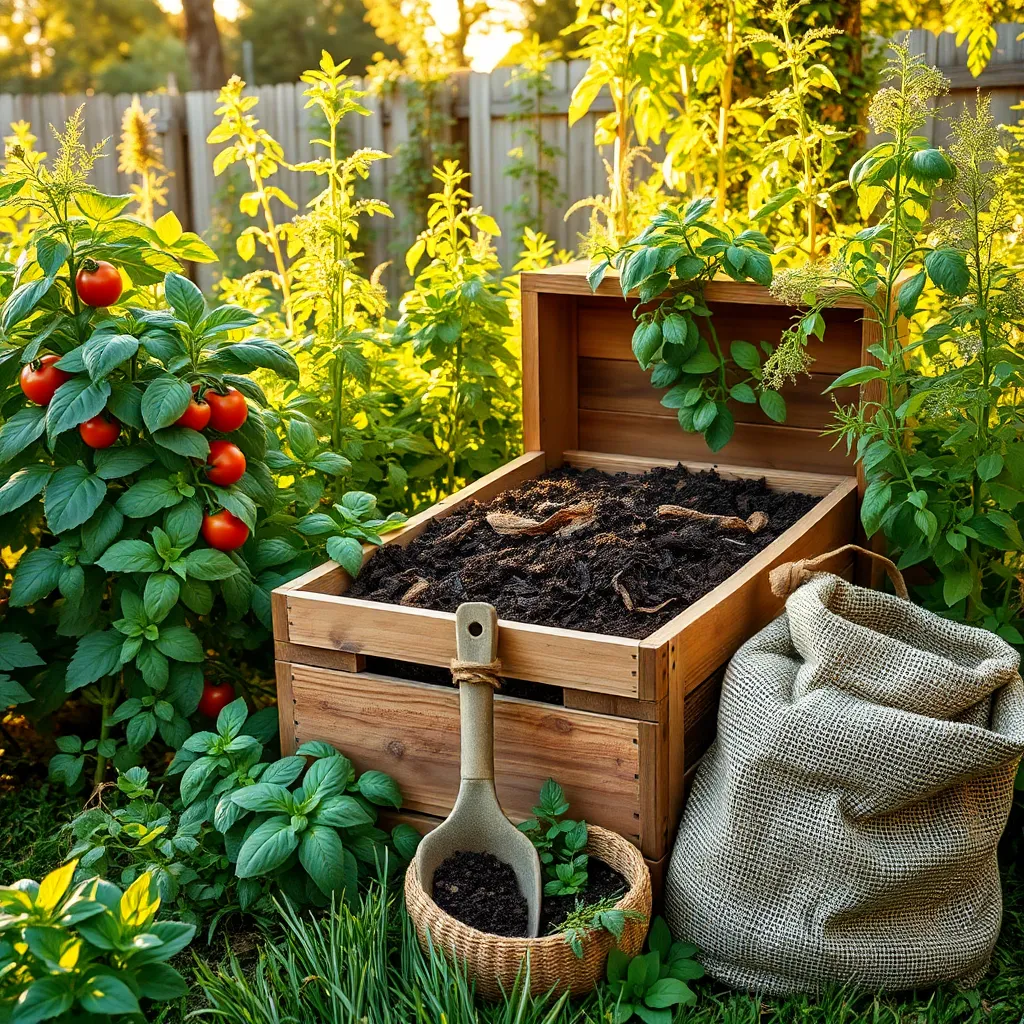
Creating a composting area in your garden is a fantastic way to reduce waste and enrich your soil. Begin by choosing a location that’s convenient yet discreet, ideally with partial sunlight and good drainage.
Start your compost pile with a balanced mix of “green” and “brown” materials. “Green” materials include fruit and vegetable scraps, coffee grounds, and grass clippings, while “brown” materials consist of dried leaves, straw, and small branches.
As you build your compost pile, make sure to keep it moist but not soggy, similar to a wrung-out sponge. Turn the pile every few weeks with a pitchfork or shovel to aerate the compost, which helps speed up decomposition.
For those with a bit more experience, consider adding compost accelerators like alfalfa meal or compost starters to boost the process. Advanced gardeners might also try vermicomposting, using worms to break down organic matter more efficiently.
Encourage Beneficial Wildlife Habitats
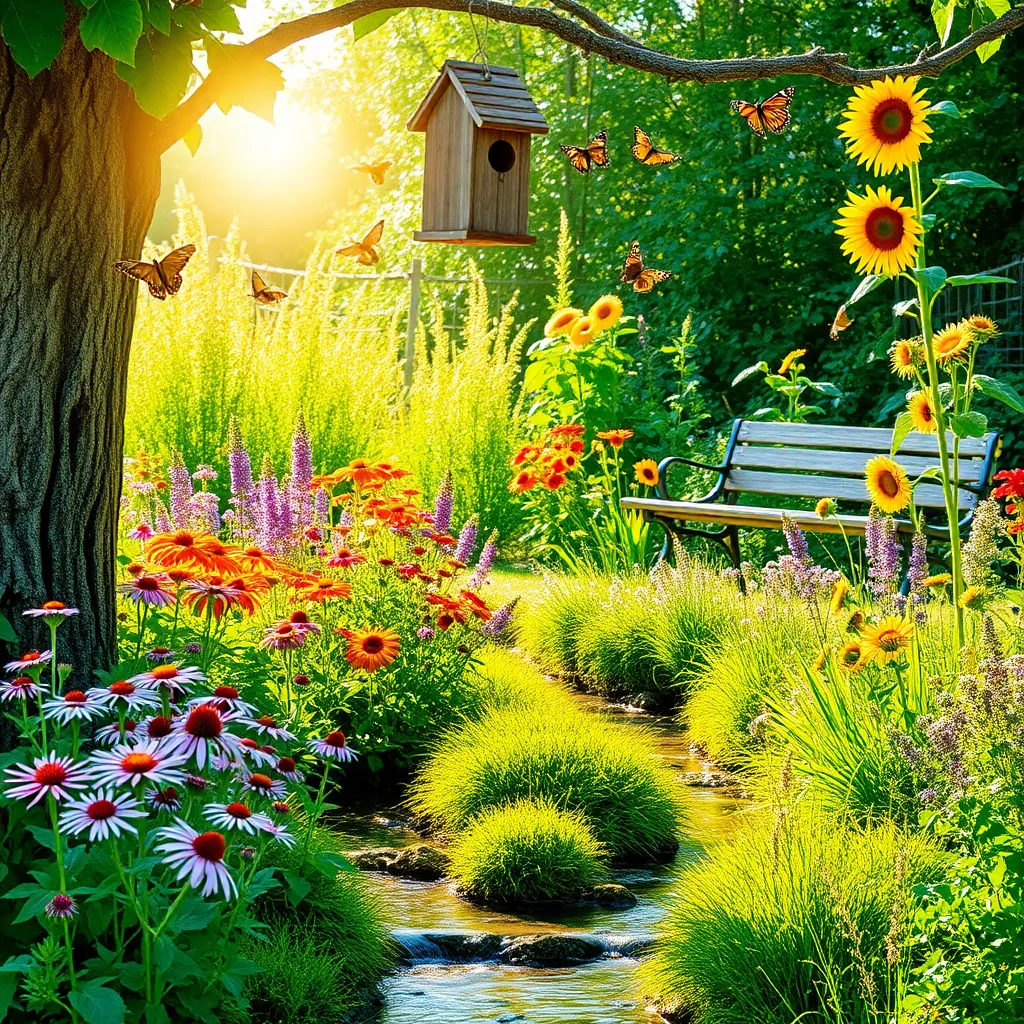
To encourage beneficial wildlife habitats, start by planting a variety of native plants in your garden. Native plants are adapted to local conditions and provide food and shelter for local wildlife, from insects to birds.
Consider incorporating a mix of flowering plants, shrubs, and trees to create a diverse habitat. Varying heights and types of plants attract different species and provide year-round interest in your garden.
Adding a water feature, like a small pond or birdbath, can significantly increase the attractiveness of your garden to wildlife. Ensure the water is clean and fresh, and include shallow areas for bathing and drinking.
For those with a bit more experience, try building a bug hotel using old wood, bricks, and straw to provide shelter for beneficial insects. These insects, such as ladybugs and bees, help pollinate plants and control pests naturally.
Conclusion: Growing Success with These Plants
As we conclude our exploration of making your garden more eco-friendly, remember that nurturing relationships with nature mirrors the care we invest in personal connections. We covered five key concepts: understanding the symbiotic relationship between plants and pollinators, embracing sustainable watering practices, choosing native plants to strengthen local ecosystems, composting to enrich soil health, and reducing chemical usage to protect biodiversity.
To kickstart your eco-friendly gardening journey, why not begin by selecting a native plant to introduce into your garden today? This simple step can foster a vibrant, sustainable environment that benefits both your garden and the planet.
Don’t forget to bookmark this article for future reference—consider it a guidebook for cultivating a garden that thrives on healthy, reciprocal relationships. As you nurture these connections, both in your garden and beyond, envision a future where your efforts blossom into lasting success, enriching both your personal life and the world around you.
Let’s empower ourselves to act consciously and compassionately, recognizing that each small step contributes to a flourishing ecosystem of relationships. Save this article now, and let it guide you on your journey toward greener, more harmonious connections.

